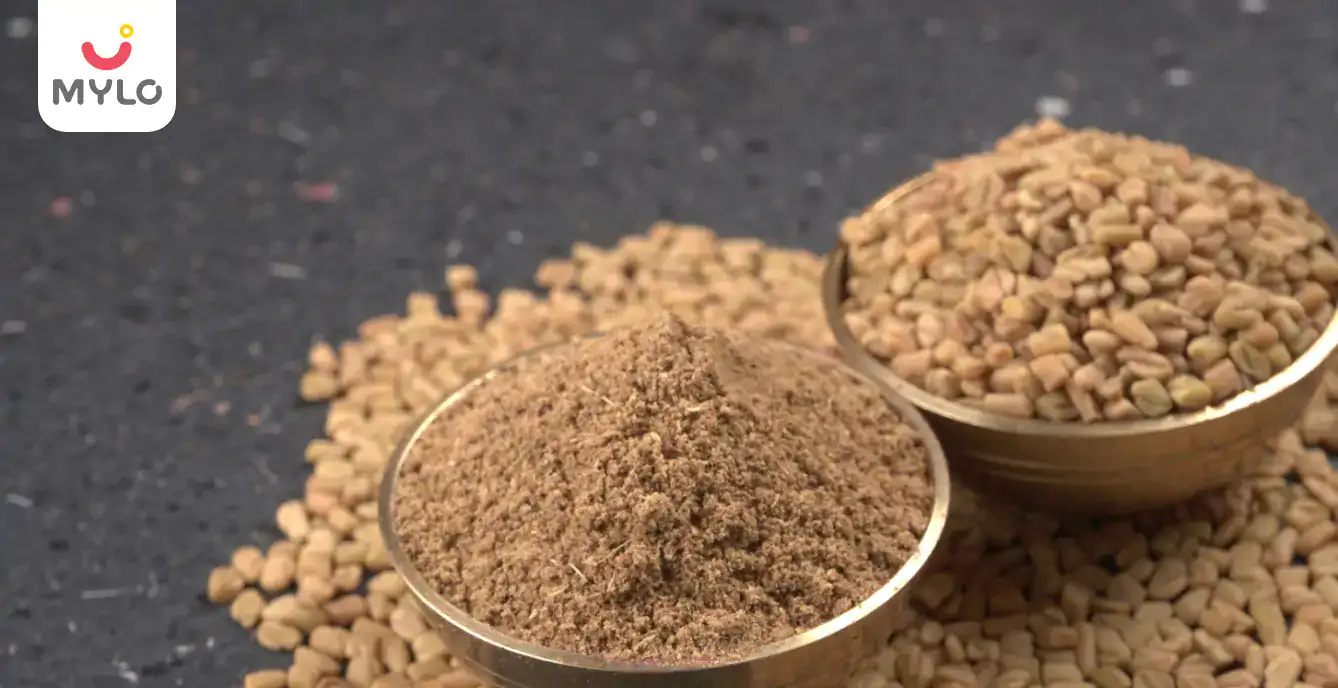Home

Male Infertility

Ejaculatory Duct Obstruction: How It Affects Male Fertility and What You Can Do About It
In this Article

Male Infertility
Ejaculatory Duct Obstruction: How It Affects Male Fertility and What You Can Do About It
Updated on 9 June 2023
Infertility is a devastating diagnosis that can leave couples feeling hopeless and lost. For men, one of the lesser-known causes of infertility is ejaculatory duct obstruction, a condition that can greatly impact their ability to father children. When this happens, the semen cannot be ejaculated during sexual intercourse, making it difficult or impossible for a man to father a child.
Facing this reality can be overwhelming, but understanding the causes, symptoms, and treatment options for ejaculatory duct obstruction can give men and their partners the knowledge and confidence they need to move forward. In this article, we will explore this condition in-depth, shed light on its effects on male fertility, and discuss the steps you can take to overcome it.
What is Ejaculatory Duct?
Before we dive into the issue of ejaculatory duct obstruction, it is important to understand what the ejaculatory duct is. The ejaculatory duct is a part of the male reproductive system.
It is a tube that connects the vas deferens, which carries sperm from the testicles, to the urethra, which is the tube that carries urine and semen out of the body. The ejaculatory duct is responsible for carrying semen from the vas deferens to the urethra during ejaculation.
What is Ejaculatory Duct Obstruction?
Ejaculatory duct obstruction occurs when there is a blockage in the ejaculatory duct. This blockage can be caused by a variety of factors, including scar tissue, inflammation, infection, or congenital abnormalities. Ejaculatory duct obstruction can result in the absence of semen during ejaculation or a reduced amount of semen.
You may also like: Low Sperm Count Signs You Should Never Ignore
What are Sperm Blockage Symptoms?
The symptoms of sperm blockage can vary depending on the severity of the obstruction. Some common symptoms of sperm blockage include:
- Pain or discomfort during ejaculation
- Blood in semen
- Infertility
- Reduced or absent semen during ejaculation
- Pain in the testicles or groin area
If you are experiencing any of these symptoms, it is important to consult with a healthcare provider.
What Causes Ejaculatory Duct Obstruction?
Ejaculatory duct obstruction can be caused by a variety of factors. Some common causes include:
1. Infection
Infections of the prostate or urethra can cause inflammation and scarring that can lead to ejaculatory duct obstruction.
2. Congenital abnormalities
Some men are born with a narrow or blocked ejaculatory duct.
3. Trauma
Injuries to the pelvic area can cause scar tissue to form, which can block the ejaculatory duct.
4. Surgery
Certain surgical procedures, such as prostate surgery, can cause scar tissue to form, which can block the ejaculatory duct.
You may also like: Sperm Motility and Male Fertility: What You Need to Know
How Ejaculatory Duct Obstruction Affects Male Fertility?
Ejaculatory duct obstruction can have a significant impact on male fertility. When the ejaculatory duct is blocked, semen cannot be ejaculated during sexual intercourse. This can make it difficult or impossible for a man to father a child. In some cases, ejaculatory duct obstruction can also cause pain or discomfort during ejaculation.
Diagnosing Ejaculatory Duct Obstruction
If you are experiencing sperm blockage symptoms, your healthcare provider may perform a physical exam and order additional tests to diagnose the condition. These tests may include:
1. Semen analysis
A semen analysis can help determine if there is a blockage in the ejaculatory duct by measuring the amount and quality of semen.
2. Ultrasound
An ultrasound can be used to visualize the ejaculatory duct and identify any blockages.
3. MRI
A magnetic resonance imaging (MRI) scan can provide detailed images of the reproductive system, allowing your healthcare provider to identify any abnormalities or blockages.
You may also like: Fertility Test for Men and Women: What to Expect and Next Steps
Sperm Blockage Treatment
There are several treatment options available for sperm blockage. The treatment that is best for you will depend on the cause and severity of your condition. Some common treatment options include:
Surgical options for treating sperm blockage
Surgery may be necessary to treat ejaculatory duct obstruction in some cases. The type of surgery recommended will depend on the location and severity of the blockage. Some common surgical options include:
1. Transurethral resection of the ejaculatory duct (TURED)
This procedure involves removing the blockage from the ejaculatory duct using a special instrument inserted through the urethra.
2. Ejaculatory duct incision
This procedure involves making a small incision in the ejaculatory duct to remove the blockage.
Non-surgical options for treating sperm blockage
In some cases, non-surgical treatments may be effective in treating ejaculatory duct obstruction. These treatments may include:
1. Medications
Anti-inflammatory medications or antibiotics may be prescribed to reduce inflammation and infection that can cause blockages.
2. Transrectal ultrasound (TRUS)
TRUS can be used to remove blockages from the ejaculatory duct using a small probe inserted through the rectum.
You may also like: Top 4 Kinds of Infertility Treatments to Cure Male Infertility
Final Thoughts
Ejaculatory duct obstruction can have a significant impact on male fertility. If you are experiencing sperm blockage symptoms, it is important to consult with a healthcare provider for diagnosis and treatment. With the right sperm blockage treatment, many men with ejaculatory duct obstruction are able to father children and regain their fertility.
References
1. Lira FT Neto, Bach PV, Miranda EP; et al. (2020). Management of Ejaculatory Duct Obstruction by Seminal Vesiculoscopy: Case Report and Literature Review. JBRA Assist Reprod.
2. McQuaid JW, Tanrikut C. (2013). Ejaculatory duct obstruction: current diagnosis and treatment. Curr Urol Rep.



Written by
Mylo Editor
Official account of Mylo Editor
Read MoreGet baby's diet chart, and growth tips

Related Articles
Related Questions
Hello frnds..still no pain...doctor said head fix nhi hua hai..bt vagina me pain hai aur back pain bhi... anyone having same issues??

Kon kon c chije aisi hai jo pregnancy mei gas acidity jalan karti hain... Koi btayega plz bcz mujhe aksar khane ke baad hi samagh aata hai ki is chij se gas acidity jalan ho gyi hai. Please share your knowledge

I am 13 week pregnancy. Anyone having Storione-xt tablet. It better to have morning or night ???

Hlo to be moms....i hv a query...in my 9.5 wk i feel body joint pain like in ankle, knee, wrist, shoulder, toes....pain intensity is high...i cnt sleep....what should i do pls help....cn i cosult my doc.

Influenza and boostrix injection kisiko laga hai kya 8 month pregnancy me and q lagta hai ye plz reply me

Related Topics
RECENTLY PUBLISHED ARTICLES
our most recent articles

Testicular Ultrasound: What You Need to Know About the Procedure and Its Benefits

Symptoms of Low AMH to Watch Out For: A Health Alert for Women Trying to Conceive

Medical Procedures
Hysteroscopy: Everything You Need to Know About This Minimally Invasive Procedure

Ayurveda & Homeopathy
Dalchini: How This Herb Can Make Way From Your Spice Rack to Your Medicine Cabinet

Health & Wellness
Fenugreek Powder: Health Benefits of Fenugreek From Your Kitchen to Your Medicine Cabinet

Lifestyle
Moringa Powder: The Superfood You Need in Your Diet for a Healthy Lifestyle
- Genital Herpes: Causes, Symptoms, Risks & Treatment
- Ashokarishta: All You Need to Know About This Miracle Tonic for Women
- 10 Amazon Prime Movies to Look Forward to in 2023
- 10 Best Netflix Movies to Watch Out For in 2023
- Fertility Yoga: A Natural Solution to Boost Your Chances of Conception
- How to Get Regular Periods Naturally: Ayurvedic Herbs, Lifestyle Changes & Homeopathy
- Lodhra: The Wonder Herb for Women's Health
- Malabsorption Syndrome: Types, Causes, Symptoms, & Treatment
- Top 10 Short Bedtime Stories for Kids
- RH Incompatibility in Pregnancy - Causes, Symptoms & Treatments
- Patent Ductus Arteriosus (PDA) Symptoms & Treatment
- Why Babies Cry After Birth?
- IVF Process Step by Step Timeline: What to Expect During Your Fertility Journey
- Tracheoesophageal Fistula: Causes, Symptoms, Risks & Treatment


AWARDS AND RECOGNITION

Mylo wins Forbes D2C Disruptor award

Mylo wins The Economic Times Promising Brands 2022
AS SEEN IN
















- Mylo Care: Effective and science-backed personal care and wellness solutions for a joyful you.
- Mylo Baby: Science-backed, gentle and effective personal care & hygiene range for your little one.
- Mylo Community: Trusted and empathetic community of 10mn+ parents and experts.
Product Categories
baby carrier | baby soap | baby wipes | stretch marks cream | baby cream | baby shampoo | baby massage oil | baby hair oil | stretch marks oil | baby body wash | baby powder | baby lotion | diaper rash cream | newborn diapers | teether | baby kajal | baby diapers | cloth diapers |








